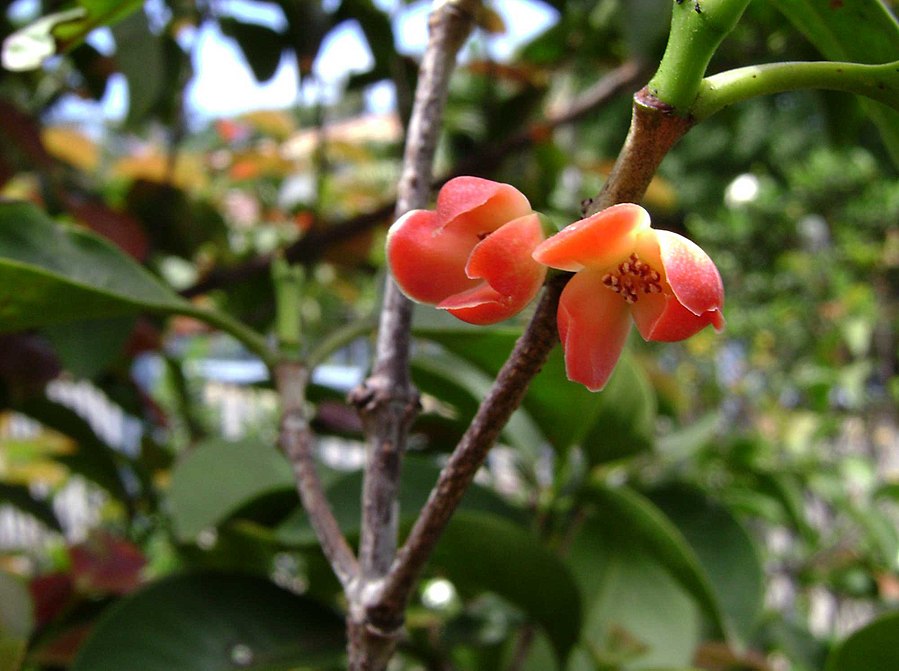Facts About Garcinia
Garcinia is a captivating genus of flowering plants belonging to the Clusiaceae family. These plants are distributed across diverse regions including Asia, the Americas, Australia, Africa, and Polynesia. While the exact number of species remains a topic of debate, Kew Gardens recognizes up to 400 species. Common names for plants in this genus include saptrees, mangosteens, garcinias, and monkey fruit.
Regrettably, numerous Garcinia species are endangered due to habitat destruction, with G. cadelliana already classified as extinct.
Typically, Garcinia plants are evergreen trees and shrubs. Some species are dioecious, meaning they have distinct male and female plants, and others are apomictic, capable of reproducing without fertilization. Their fruits are berries with a fleshy interior, and many species produce edible fruits that are cherished in local diets. While most Garcinia fruits are consumed locally, certain species are highly valued in specific regions. For example, Garcinia mangostana, commonly known as mangosteen, is extensively cultivated in Southeast Asia. Other notable species include G. forbesii and G. intermedia, which are also significant in their native habitats.
Beyond their fruits, Garcinia plants are appreciated for various other uses. The rind of the mangosteen can be employed as a spice, and some species produce gum resin utilized as purgatives or pigments. Moreover, certain Garcinia extracts are marketed as appetite suppressants, though there is ongoing debate regarding their efficacy and safety. Bitter kola seeds from G. kola are used in traditional medicine, and G. mannii is utilized as a chew stick in Africa.
Certain Garcinia species also hold cultural importance. For instance, G. subelliptica is significant in Japan, and G. hombroniana is valued in Malaysia. With nearly 400 species, according to Kew's Plants of the World Online as of December 2018, Garcinia represents a diverse and crucial group of plants with a wide range of uses and cultural significances.
